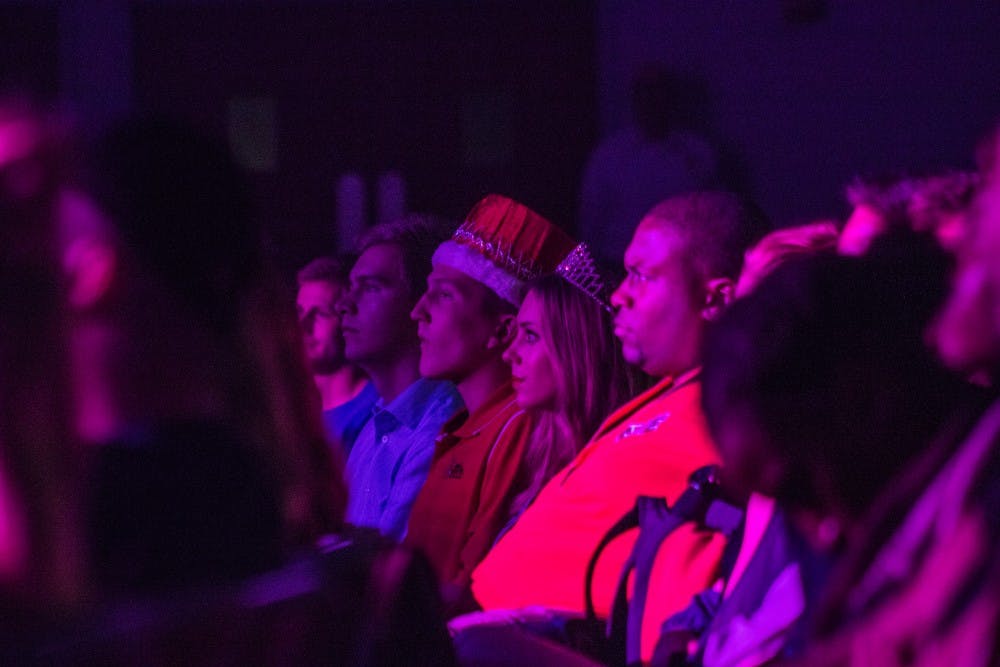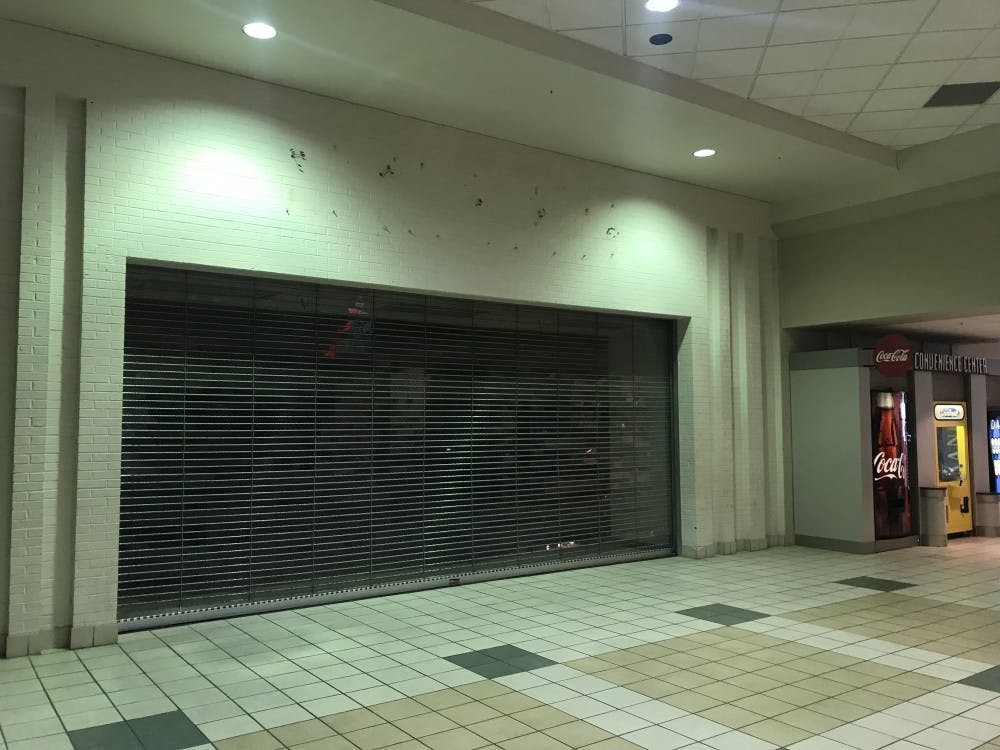SGA: Homecoming:
2015: 3,392 4,056
2014: 3,532 4,910
2013: 4,985 4,098
2012: 2,199 4,250
2011: 1,932 3,431
2010: N/A 4,225
2009: 3,282 3,638
2008: 2,466 4,438
2007: 4,034 4,248
2006: 3,567 4,568
More students have voted for Homecoming royalty than the Student Government Association executive board in the past nine out of 10 years.
In 2015, nearly 700 more students voted for royalty than SGA. This may not seem like a lot, but only about 4,000 – or a fifth of Ball State’s student population – vote in these elections.
Members of both groups are pushing voting onto students and are working on ways to up the turnout numbers.
Lexi Williams, Homecoming royalty chair, said people may vote less for SGA because there are less candidates. There are only the eight people running for executive board for SGA compared to the 78 initial candidates for royalty.
Homecoming also may just be more interesting for them, she said, since it’s a popular vote rather than a political vote.
“Maybe people aren’t as interested in SGA as they are Homecoming because Homecoming is, to them, a lot more fun,” Williams said.
Voting turnout — for both SGA and royalty — has long been a topic of discussion. James Wells, SGA president, said to draw more students into the elections, they’ve been working on revamping social media and adding a communications team.
“We need to first show the student body what it is SGA does,” Wells said. “Then, hopefully by the time elections come around, you have people wanting to be involved and wanting to run.”
Students have short attention spans, Wells said, which has been a challenge for them in trying to get students interested.
“This is student government. We should have more students voting and involved and voicing concerns,” Wells said. “It shows we have a lot more work to do in finding out different ways to engage with student body.”
It’s concerning to him that less than a quarter of the student population votes, he said, as it is to Williams.
But this trend of students not voting isn’t just limited to Ball State elections. Nationally, only 19.9 percent of 18- to 29-year-olds voted in the 2014 election, according to The Center for Information and Research on Civil Learning and Engagement. This was the lowest turnout from young people ever recorded in a federal election.
But students can make a difference with their vote, which is why Williams said it’s so important for students to make their voice heard on campus.
“It makes them feel closer to Homecoming because they had a say in who was their royalty,” Williams said. “It’s important to get involved in general — with Homecoming and SGA — just to have that say. I think it’s a cool thing to do.”





